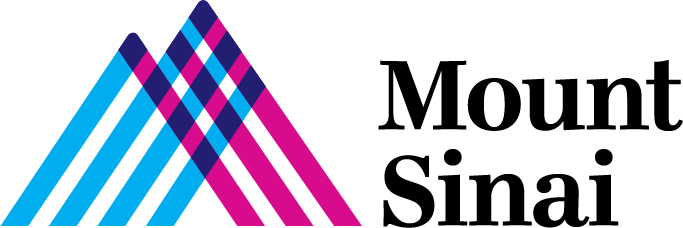Automation drives rapid discovery and scalability in drug development. ViQi is currently developing AutoHCS that harnesses the pattern recognition abilities of modern AIs to precisely score dose-response high-content drug screens in an entirely automated, objective manner.
Unbiased. We train our AIs on the experiment’s positive & negative controls without additional parameters, eliminating both experimenter bias and the need for extensive image analysis training and/or experience.
Innovative. Moving beyond typical dose-response scoring, we exploit our sensitive AI-based image analysis to 1) score across all concentrations of a compound independent of controls, permitting novel phenotype discovery and 2) functionally cluster compounds that induce similar phenotypes.
Scalable & Fast. We leverage our proprietary cloud-based, image analysis platform to allow for scalability. There is no software to install and there is virtually unlimited storage and analysis capacity. AIs are trained within hours without manual intervention, greatly reducing the time and cost of each screen.
Why use ViQi’s AutoHCS?
ViQi employs a team of interdisciplinary experts with extensive experience and enthusiasm for applying AI technology to the life sciences. The development of AutoHCS builds upon ViQi’s AVIA assay, our bellwether product which identifies subtle cellular responses to viral infectivity using AI.
Our AutoHCS pilot work has been presented at SBI22020 and SLAS AI 2022. View our AutoHCS poster. Participate in a pilot screen!
Some of our partners
How it works
AutoHCS is fast, flexible, and user-friendly. Initially, the team at ViQi will work with you to train and test our AI based on your assay needs and your available resources. Technical details of the full AutoHCS process are found here. A demonstration of the AutoHCS analysis tools using the JUMP dataset created by the The Joint Undertaking for Morphological Profiling (JUMP)-Cell Painting Consortium is found here.
Screen
Example 384-well plate layout for AutoHCS
Plate cells, compounds (at varying dilutions), and positive and negative controls on a 96 or 384-well plate. It’s as simple as that! If brightfield alone is being used for analysis, there are no other bench procedures required once your screening plates have been prepared.
In conventional image analysis, results can be biased by researcher-chosen parameters, and slight differences in cells or their responses can throw off the analysis. When using AI-based techniques, the variability inherent to the assay is automatically trained into the AI. Further, all analysis and AI-training parameters are determined automatically, by maximizing the phenotypic difference between the experimental controls. This makes the process objective and, consequently, more efficient and accurate.
Capture
Many high-throughput microplate imaging devices (plate imagers) meet our imaging requirements (see Technical Details). After applying compounds, different imaging timepoints can be tested, with and without replacing media. The same plate can be imaged multiple times if using brightfield or GFP.
Upload
Upload the images to ViQi Inc. servers along with a plate map describing the location of drugs, concentrations, and positive and negative controls. Your work is done.
Results
Receive a complete analysis report and quantitative assay readout for each well within 24 hrs.
To learn more about the technical details of AutoHCS, click here. To read more about our previous work in intracellular image analysis, read our AVIA Paper and AVIA Poster, read more about the technical process of AVIA’s assay development, or watch our webinar.
Participate in a pilot screen
Join ViQi’s team of scientists to find out how your drug screening process can improve in both speed and sensitivity with AutoHCS. Contact us to become a hands-on collaborator for our pilot screening program and receive a report scoring your high-content screen.
If you are unsure if AutoHCS can meet your needs but interested in our product, please contact us anyway. AutoHCS can scale from mini screens with limited data to large screens with thousands of compounds and all are useful towards the continuing development of this assay. We are excited to work with you.










